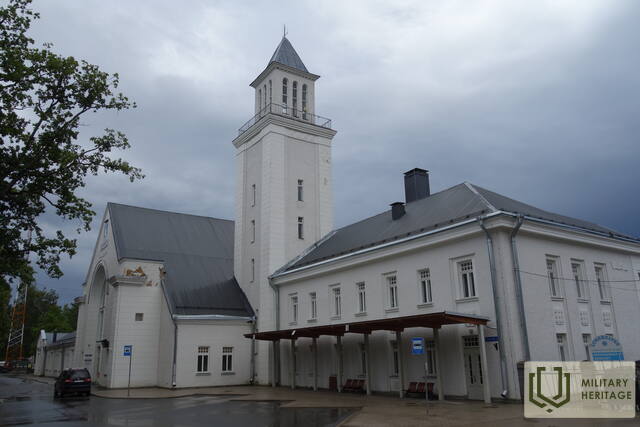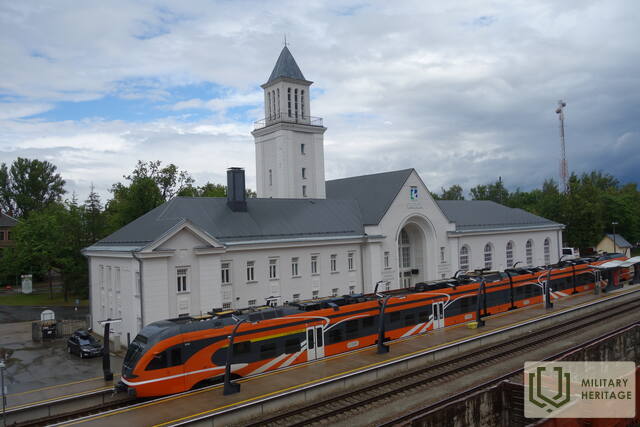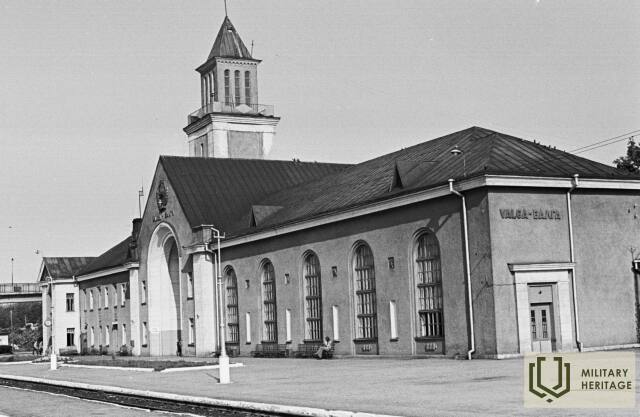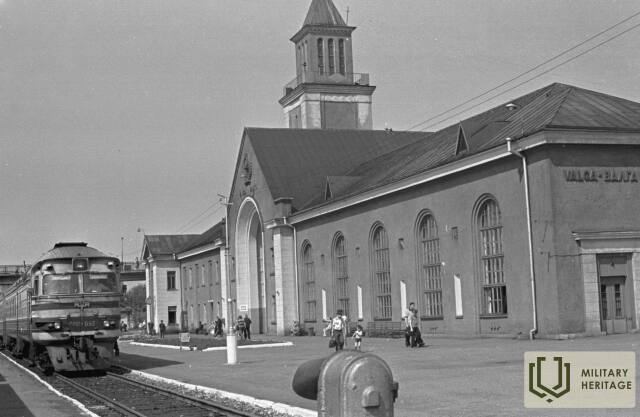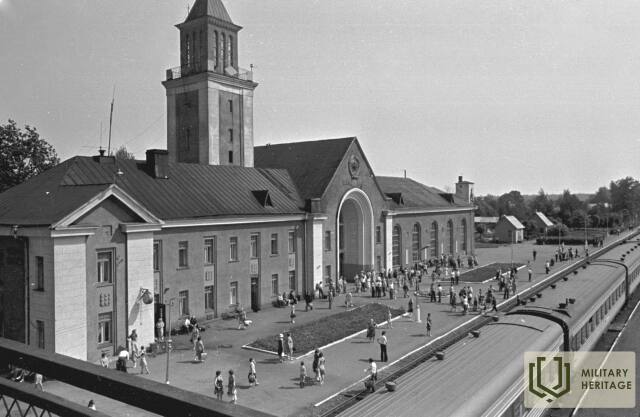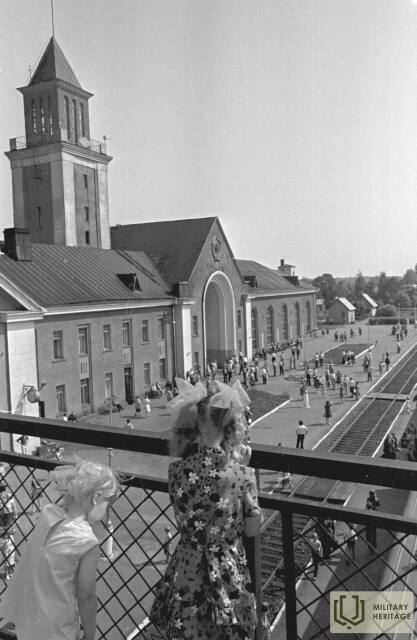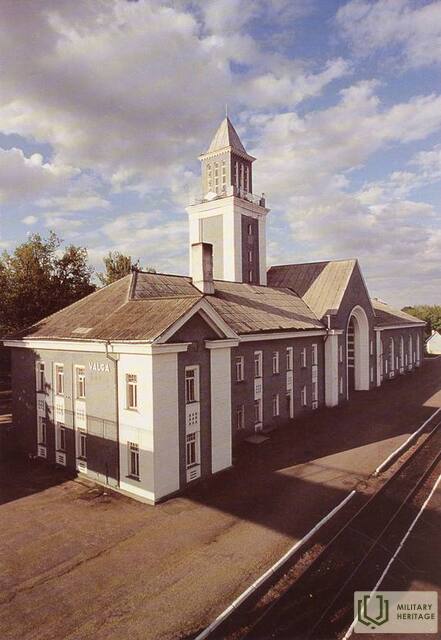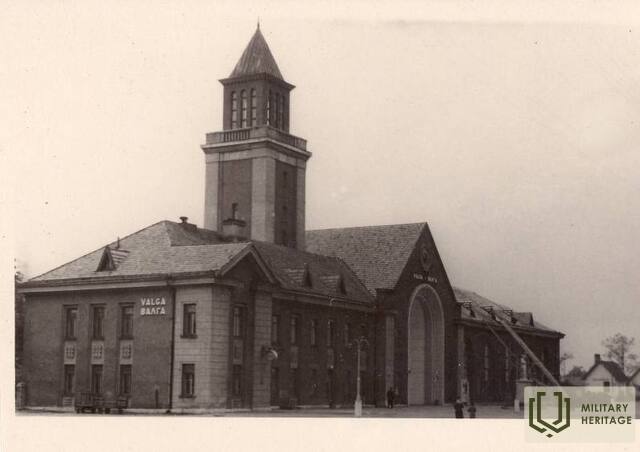Valga railway station built by German prisoners of war
Military town

The main building of Valga railway station (Leningrad Transport Planning Office, architect: Viktor Tsipulin) was completed in 1949. It is an elongated two-storey structure with an avant-corps and a hipped roof, its architectural showpiece being its seven-storey square tower. It is one of the best and most remarkable examples of Stalinist architecture in Estonia. Its original state having been so well preserved further elevates its significance. The railway station was built shortly after World War II in place of a building from the imperial era that Soviet bombing had razed to the ground. Since German prisoners of war were detained in Valga, it is plausible that they were used to construct it.
Used sources and references:
National Heritage Board registry of cultural monuments. https://register.muinas.ee/public.php?menuID=monument&action=view&id=30431
Related timeline
Related stories
From Ádolfs Ers' book "Vidzeme in the Struggle for Freedom" about the refugees' journey in Valka
Starting from the time of the refugees, Valka was given a more important role than other cities in Vidzeme, because it was home to the politically active newspaper “Līdums”, where Latvia’s spiritual and political weapons were forged, and also because it was a crossroads where roads from three sides of Latvia converged: from Riga, Alūksne, Mozekile, and also from Estonia and Russia. It had connections with refugees from all sides – Tartu, Pliska, Moscow and St. Petersburg. There was a large refugee center here.




